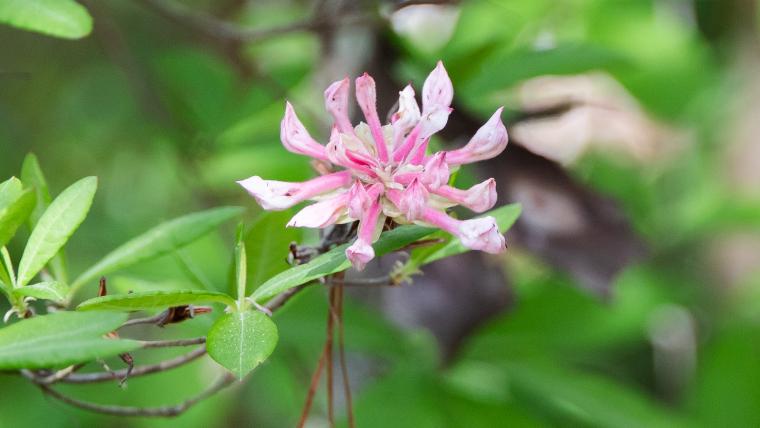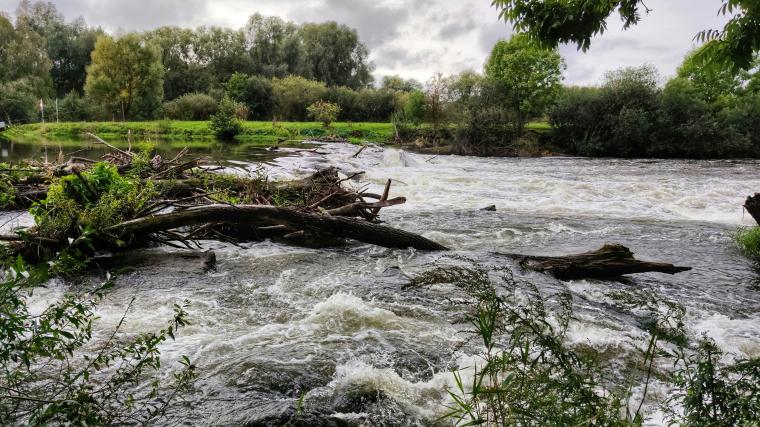Sections

Nature’s Notebook data reveal earlier spring activity under warmer conditions
Wed, Nov 05, 2025
Results from many small-scale studies have shown that warming temperatures are causing plants to leaf-out and flower earlier than they have in the past. However, it has been difficult to know whether these patterns hold true for a wide variety of plant species at a continental scale. To answer this question, researchers used thousands of observations of plants in the eastern U.S. that were submitted to Nature’s Notebook, mainly by volunteers. They found that leaf-out and flowering occurred earlier with warmer temperatures, but the effects varied among species and locations. Invasive species, shrub species, and species at southern latitudes were more sensitive to warming temperatures than other species. These patterns were similar to results from analyses of data collected by professionals and consistent with results from previous scientific studies, demonstrating the value of Nature’s Notebook observations.

Community scientists document a large diversity of plants in urban areas
Mon, Sep 15, 2025
As the world becomes increasingly urban, it will become more important to maintain diverse plant communities in and around cities. A diverse plant community provides many benefits to people and wildlife inhabiting urban areas. In many cities, we have incomplete information about plant species and distributions. So, researchers gathered data from published scientific papers, unpublished reports, and observations submitted to community science programs like USA-NPN’s Nature’s Notebook to see whether combining information from all these sources provided a more complete picture of urban plant biodiversity. They compiled more than 171,000 observations of plants in the Chicago, Illinois area and documented more than 2,200 plant species. Community science programs contributed more observations of more plant species in more diverse locations than scientific studies or reports. However, professional scientists documented a significant number of native species with limited distributions that were not observed by community scientists. In all, the study highlighted the value in combining different types of data to better characterize and manage plant communities in urban areas.

Extreme weather events affect when plants flower and when insects are active
Wed, Jul 09, 2025
As the climate changes, there has been a significant increase in the frequency of extreme weather events like heat waves, droughts, and hurricanes. We know that increases in average temperatures affect the timing of plant and animal activities, but the effects of extreme weather events are largely unknown. To address this knowledge gap, researchers used millions of photos of plants, butterflies, and moths that were submitted to iNaturalist between 2016 and 2022 to evaluate the effects of extreme heat, cold, dry, or wet conditions on the timing of plant flowering and adult insect activity. The results showed that the onset and duration of plant and animal activities were impacted by extreme events and not just changes in average climate conditions. However, the effects of extreme weather were complex, often differing between plants and animals and varying regionally. Results from this study can help us predict how plant and insect populations will respond to extreme weather events, which are likely to occur more often with climate change.